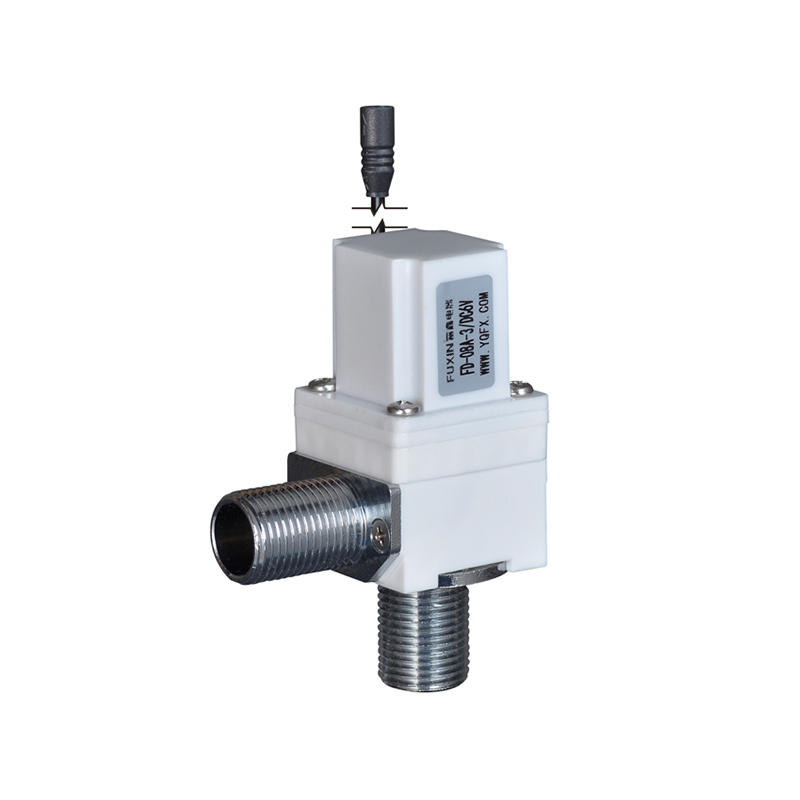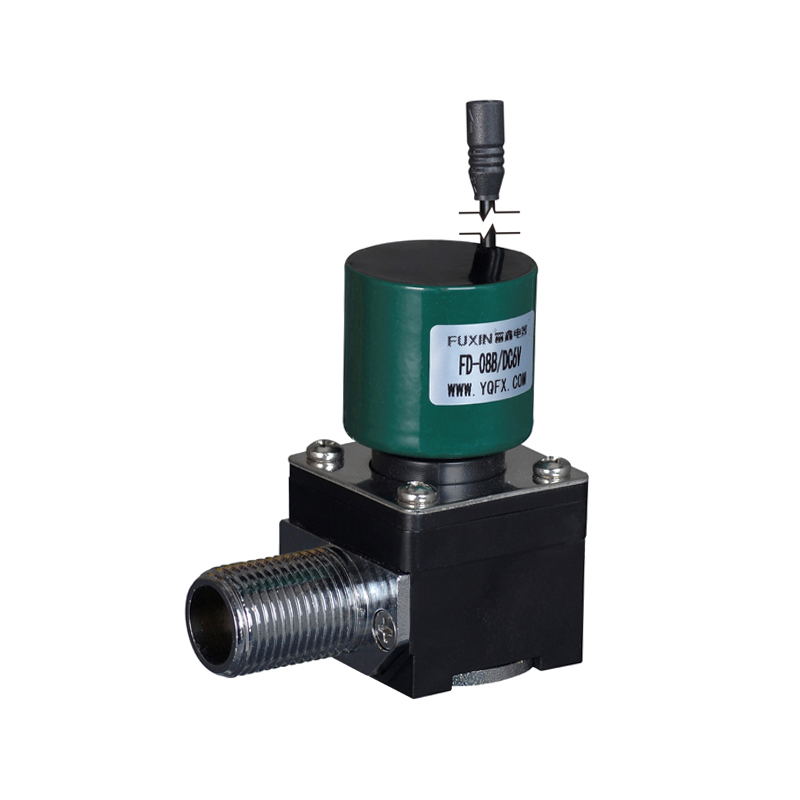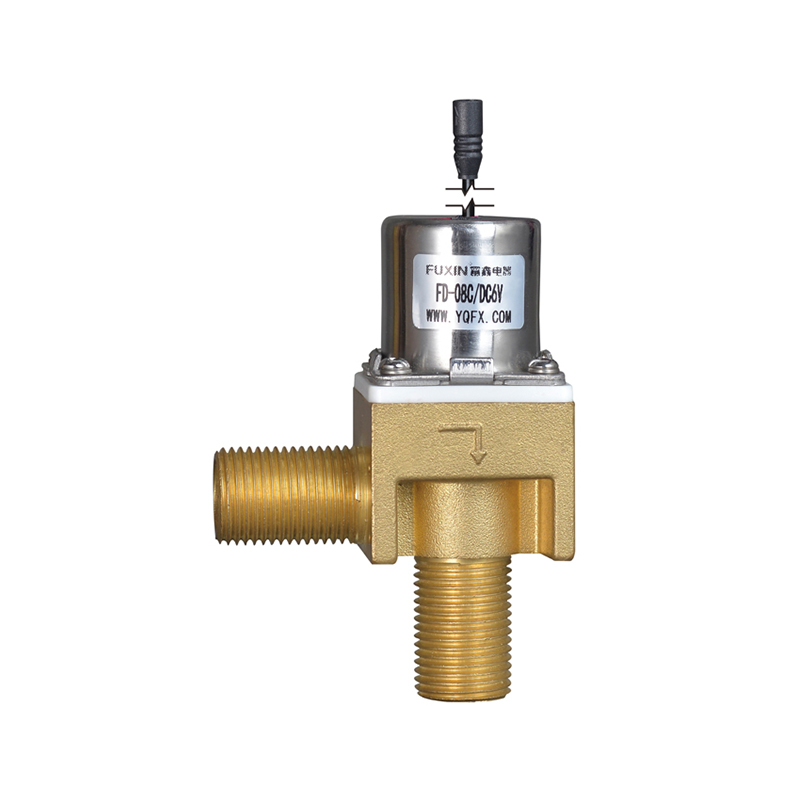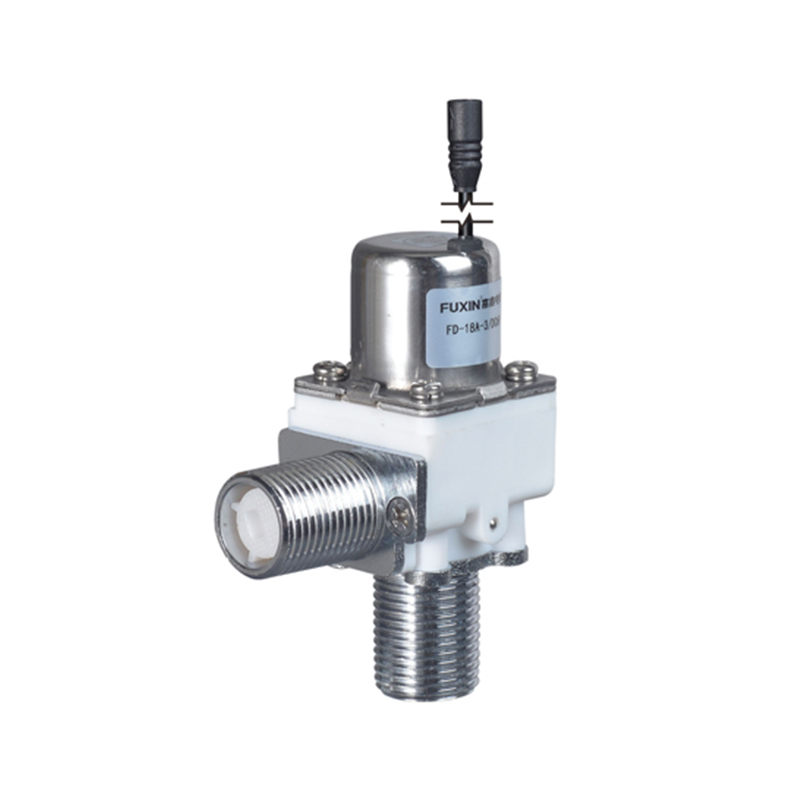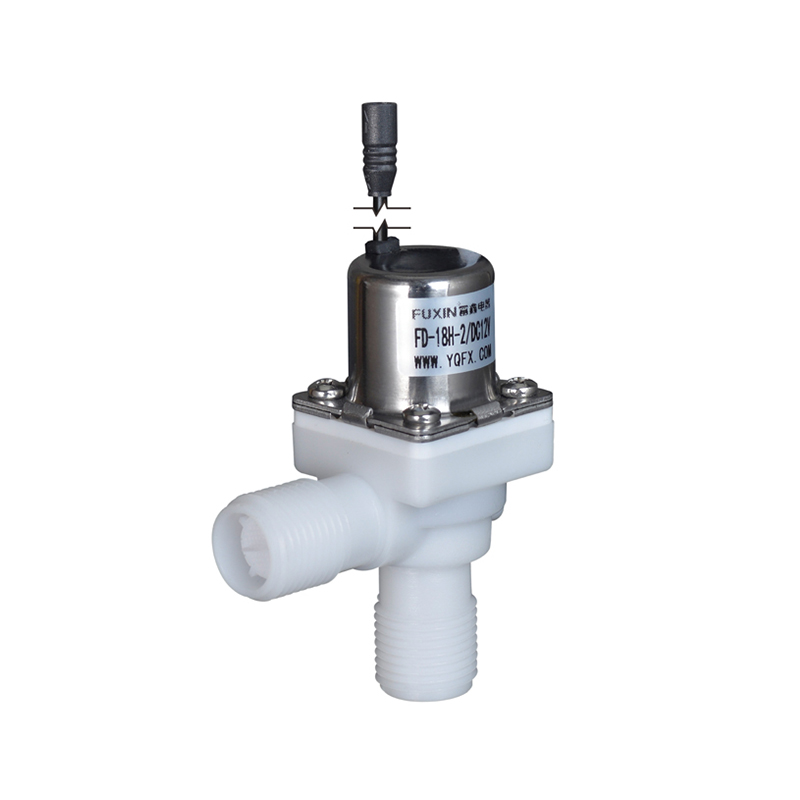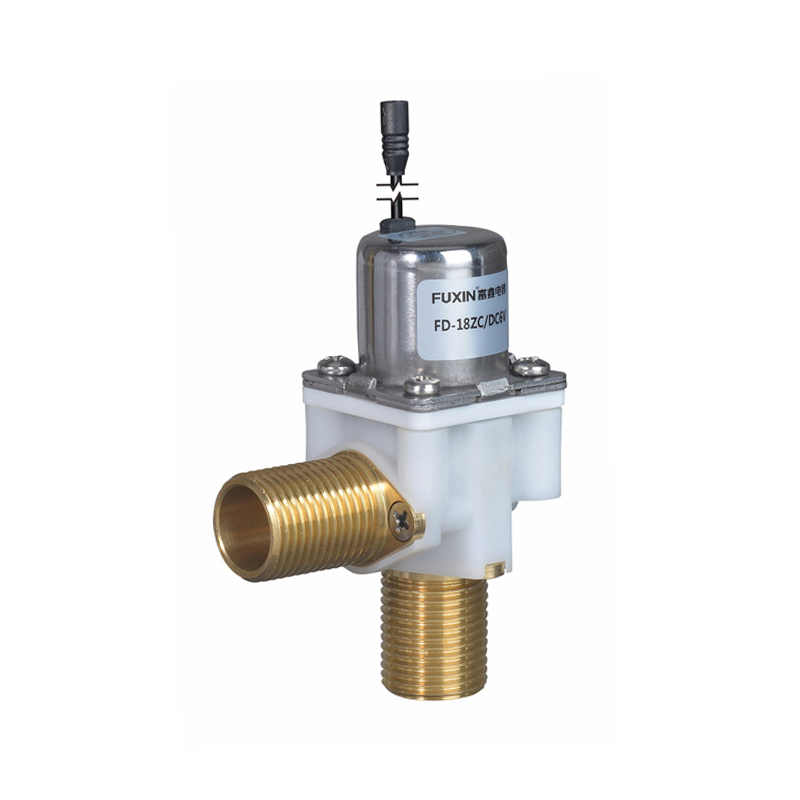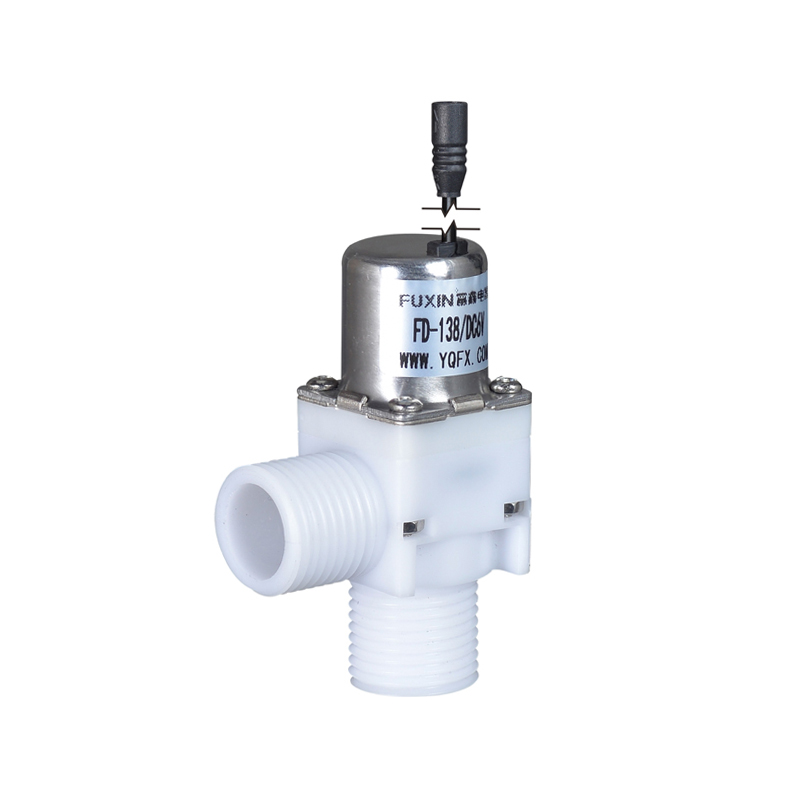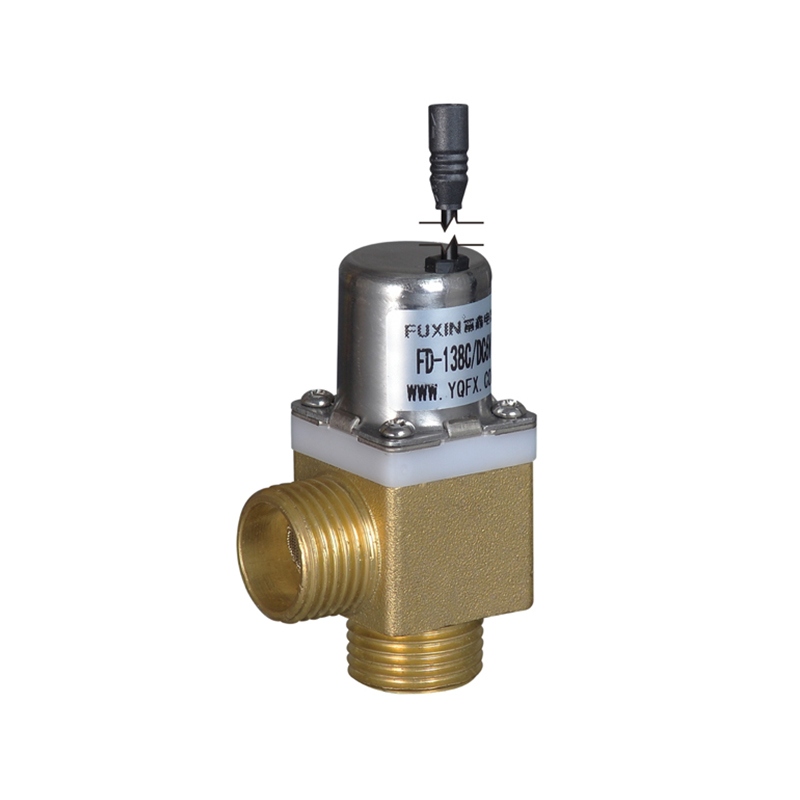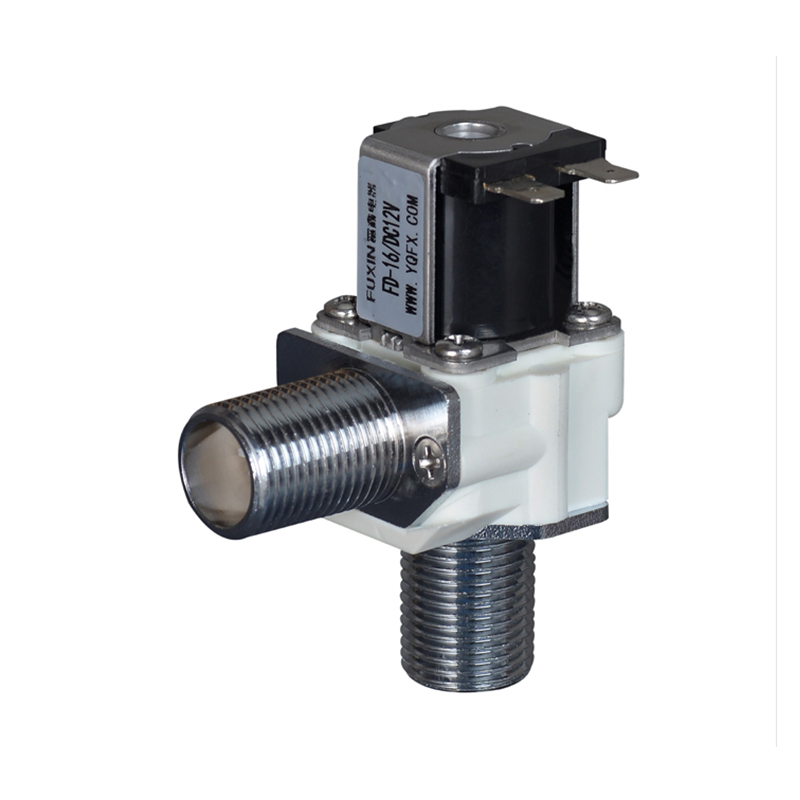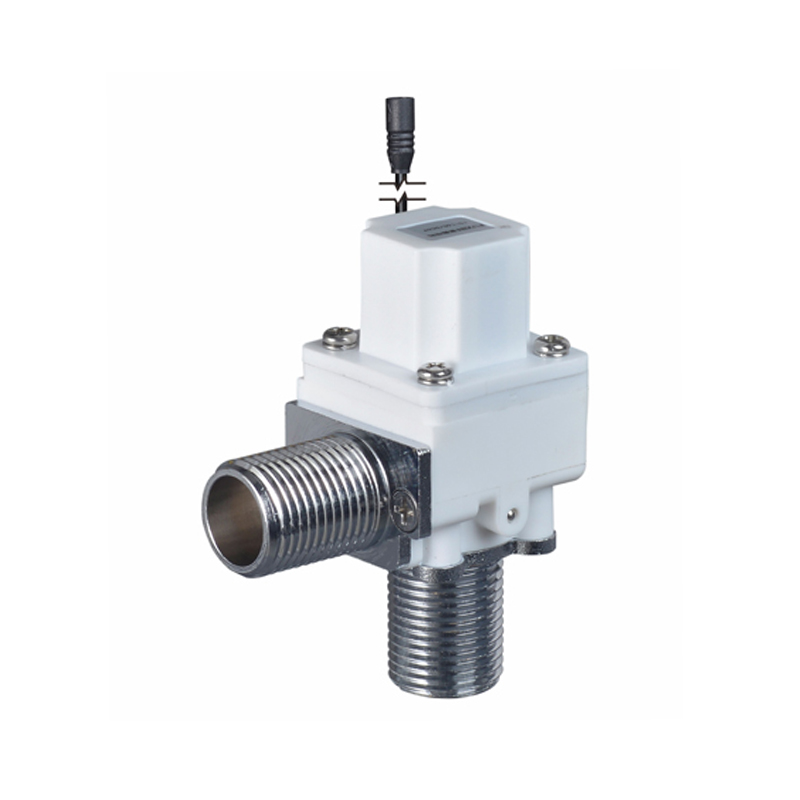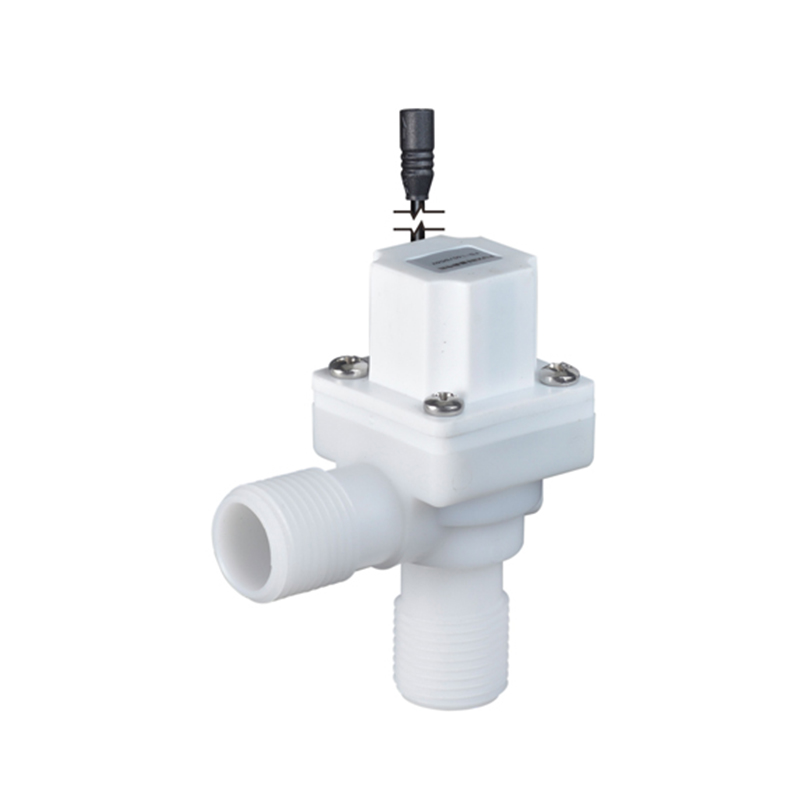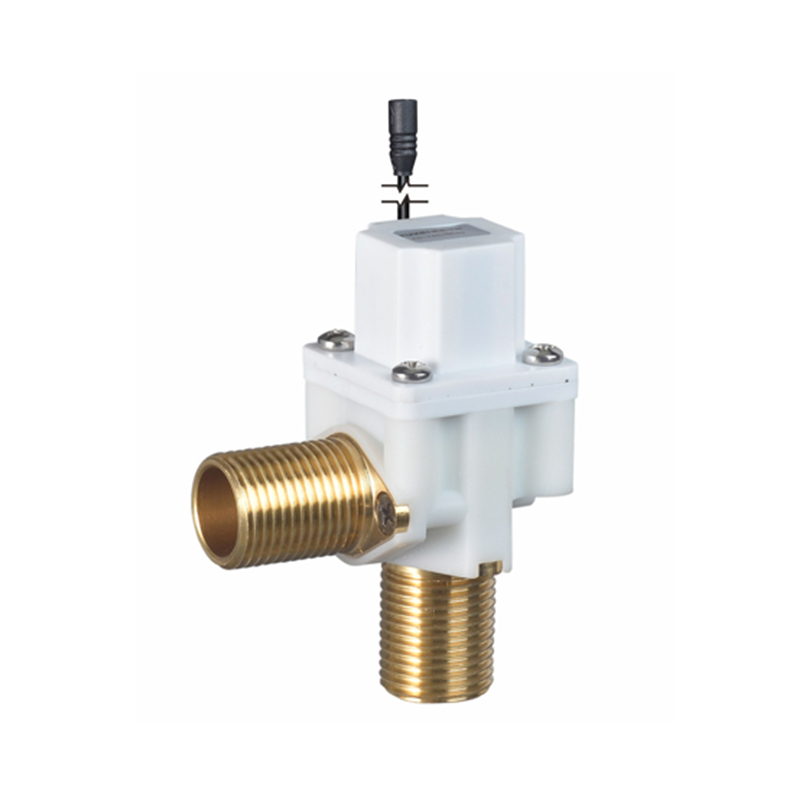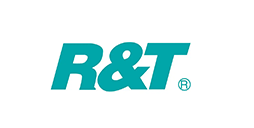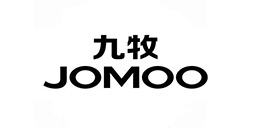Washing machine solenoid valves are essential components in today’s home appliances, offering precision control over water flow in washing machines. These solenoid valves regulate the water intake during various stages of the washing cycle, ensuring that the machine performs optimally and efficiently. In recent years, innovations in solenoid valve technology have greatly enhanced their reliability, durability, and energy efficiency. As the demand for smarter, more energy-efficient washing machines continues to rise, the role of solenoid valves in improving washing machine performance has become increasingly significant.
Understanding the Function of Washing Machine Solenoid Valves
A washing machine solenoid valve is a type of electromagnetic valve used to control the flow of water into the washing machine. During the washing cycle, the solenoid valve opens and closes in response to signals from the washing machine’s control system. These valves are activated by an electromagnetic coil that moves a plunger inside the valve, allowing water to flow in or cutting it off when necessary.
The solenoid valve typically has two primary functions in a washing machine: first, to control the intake of hot or cold water during the wash and rinse cycles, and second, to stop the water flow when the required water level is reached. In modern washing machines, these valves ensure that the water is distributed efficiently across different cycles, thus saving energy and water.

The Technological Advancements in Solenoid Valve Designs
Over the years, there have been significant improvements in the design and functionality of washing machine solenoid valves. Manufacturers are now incorporating more advanced materials, such as high-grade plastics and metals, to make these valves more resistant to wear and corrosion. This has led to solenoid valves that last longer, even in harsh water conditions.
The increased integration of microcontrollers and sensors into washing machine systems has further improved the precision and performance of solenoid valves. These systems can now monitor and adjust the flow of water in real-time, which not only enhances the washing machine’s efficiency but also reduces water wastage. The latest solenoid valve models are also designed to handle multiple water sources simultaneously, making them ideal for multi-cycle washing machines that use both hot and cold water in different stages.
The Growing Demand for Energy-Efficient Solutions
As consumers become more eco-conscious, the demand for energy-efficient home appliances has surged. Washing machine solenoid valves play a key role in enhancing the energy efficiency of washing machines by regulating water usage. By ensuring that water flows only when needed and in the correct amounts, these valves help reduce energy consumption. Moreover, by preventing overflow or water wastage, they contribute to the appliance’s overall sustainability.
In line with this trend, washing machine manufacturers are increasingly focusing on producing models that are not only energy-efficient but also water-saving. The introduction of more advanced solenoid valves in washing machines enables these appliances to achieve higher efficiency standards, which is especially important in markets with growing concerns about water scarcity and environmental sustainability.
Innovations in Smart Technology and the Internet of Things (IoT)
The rise of smart home technology has also influenced the design and operation of washing machine solenoid valves. Many modern washing machines are now connected to the Internet of Things (IoT), allowing users to control and monitor their appliances remotely through smartphones or voice-activated assistants.
Washing machine solenoid valves are an integral part of this new wave of connected appliances. IoT-enabled solenoid valves can be programmed to optimize water flow based on user preferences or usage patterns. For example, a smart washing machine might automatically adjust the amount of water used for different laundry loads, ensuring performance while minimizing water and energy consumption.
Additionally, these valves can be equipped with sensors that provide real-time data about their performance. This data can be sent to the user or the manufacturer, helping both parties anticipate potential issues before they become serious problems. As the smart appliance market continues to grow, the integration of solenoid valves with advanced sensors and connectivity will be a key factor in improving the functionality and efficiency of washing machines.


 EN
EN English
English Español
Español
